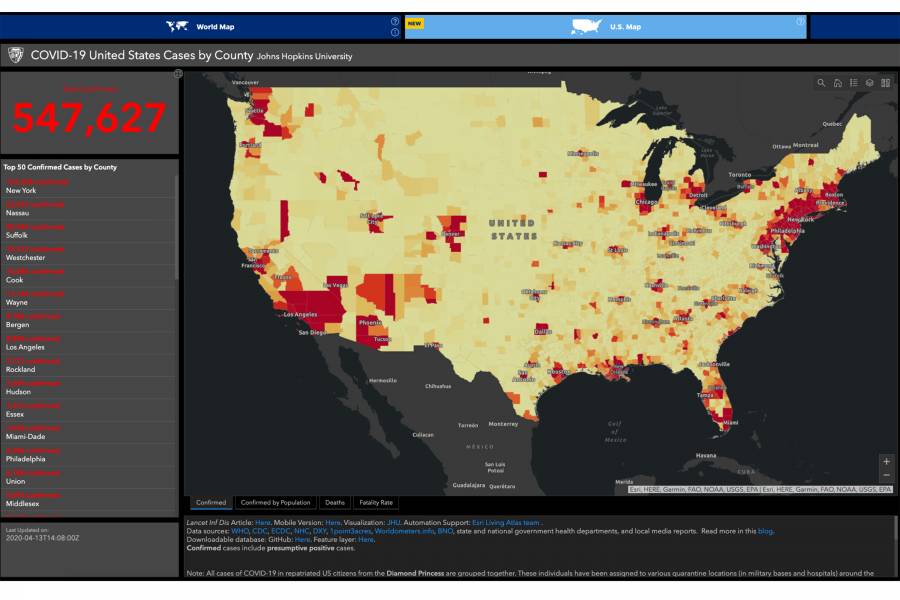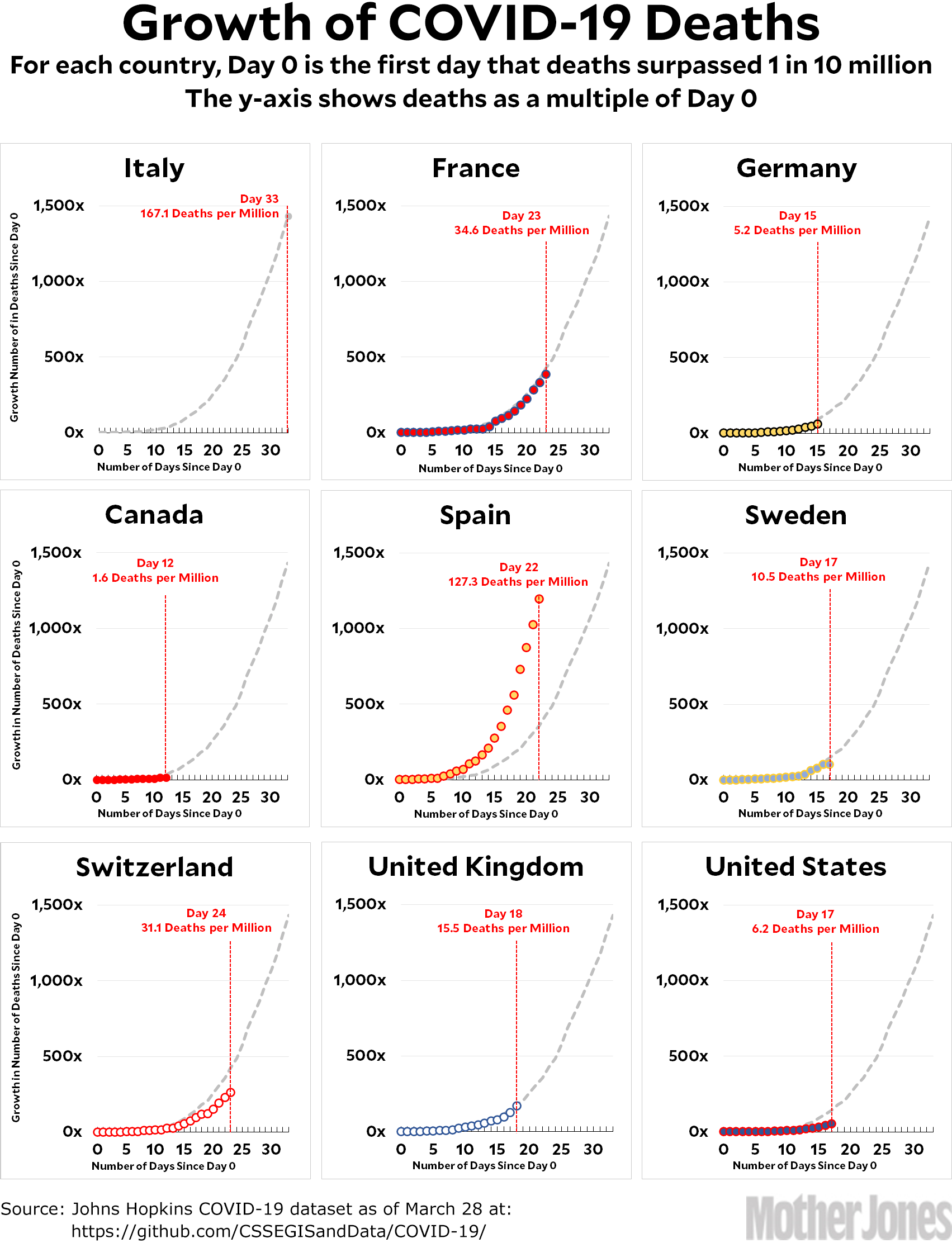|
However, the studies on border closures were mixed with two studies reporting mortality reductions (15.6% and 24.6%) and another, a a large increase (36.3%). “Although this appears to be counterintuitive, it could be the result of an (asymptomatic) infected person being isolated at home under a SIPO can infect family members with a higher viral load causing more severe illness,” wrote Herby, Jonung and Hanke.īorder closures/quarantine led to just a 0.1% reduction. However, lockdowns and limited gatherings actually modestly increased mortality (0.6% and 1.6%, respectively). They found that school closures reduced mortality buy 4.4%. Of the NPIs studied, face mask mandates had a large effect of reducing mortality (–21.2%), although this was based on only two studies, and one looked specifically at an employee mask mandate. They excluded studies evaluating the effect of voluntary behavioral changes and recommendations, as well as studies using cases, hospitalizations, or other measures interrupted time series studies comparing mortality rates before and after lockdowns studies analyzing the effect of early vs later lockdowns and synthetic control method papers. Herby, Jonung and Hanke’s meta-analysis included studies establishing a relationship between mortality and lockdown policies. However, in their conclusion they noted that closing nonessential businesses “seems to have had some effect,” reducing COVID-19 mortality by 10.6%, and that reduction was probably related to closing bars. In addition to concluding that lockdowns produced limited results on COVID-19-related deaths, Herby, Jonung and Hanke’s found that shelter-in-place orders reduced mortality from COVID-19 by 2.9%. The working paper consist of a review 34 studies and a meta-analysis that included 24 of them. What our objective has been is to convey we have the tools we need to keep our country open.” What the paper says Most of the lockdowns actually happened under the previous president. She deferred to the administration’s experts to address the specifics of the paper, but she added that “the president has been clear that we are not pushing lockdowns, we have not been pro-lockdown, that has not been his agenda. White House Press Secretary Jen Psaki was asked about the paper the Feb. Epidemiologists and public health experts have criticized the statistical methods and underlying definitions it used. 
As a working paper, it has not gone through peer reviewed. The working paper was published on the website of the Johns Hopkins Institute for Applied Economics, Global Health, and the Study of Business Enterprise. reduced COVID-19 mortality by 0.2% on average, concluded Steve Hanke, a professor of applied economics at Johns Hopkins Jonas Herby, a special advisor at the Center for Political Studies in Copenhagen and Lars Jonung, professor emeritus in economics at Lund University in Sweden. Three economists have concluded in a John Hopkins working paper that nonpharmaceutical interventions (NPIs) in response to the first wave of the COVID-19 pandemic did not have a significant effect on mortality rates. 
The United States, India and Brazil in that order have had the most COVID cases and the three nations collectively account for almost half of all recorded infections so far in the pandemic.Įxplore the chart below to find a country-by-country breakdown of new and total cases since January 2020.Did COVID-19 lockdowns actually prevent deaths? Now the virus has spread to every corner of the globe and has been blamed for more than 6 million deaths. It took the globe just 7 more months to pass the 200 million mark- then another 5 months to hit 300 million, according to researchers at Johns Hopkins University. 
A year later, the world tallied its first 100 million cases. In late January 2020 only a few dozen COVID-19 infections had been identified outside of China. For current data about COVID-19 cases and deaths around the world, Johns Hopkins University and Our World in Data are useful resources. Editor's note: This page is no longer being updated.
0 Comments
Leave a Reply. |
AuthorWrite something about yourself. No need to be fancy, just an overview. ArchivesCategories |
 RSS Feed
RSS Feed
